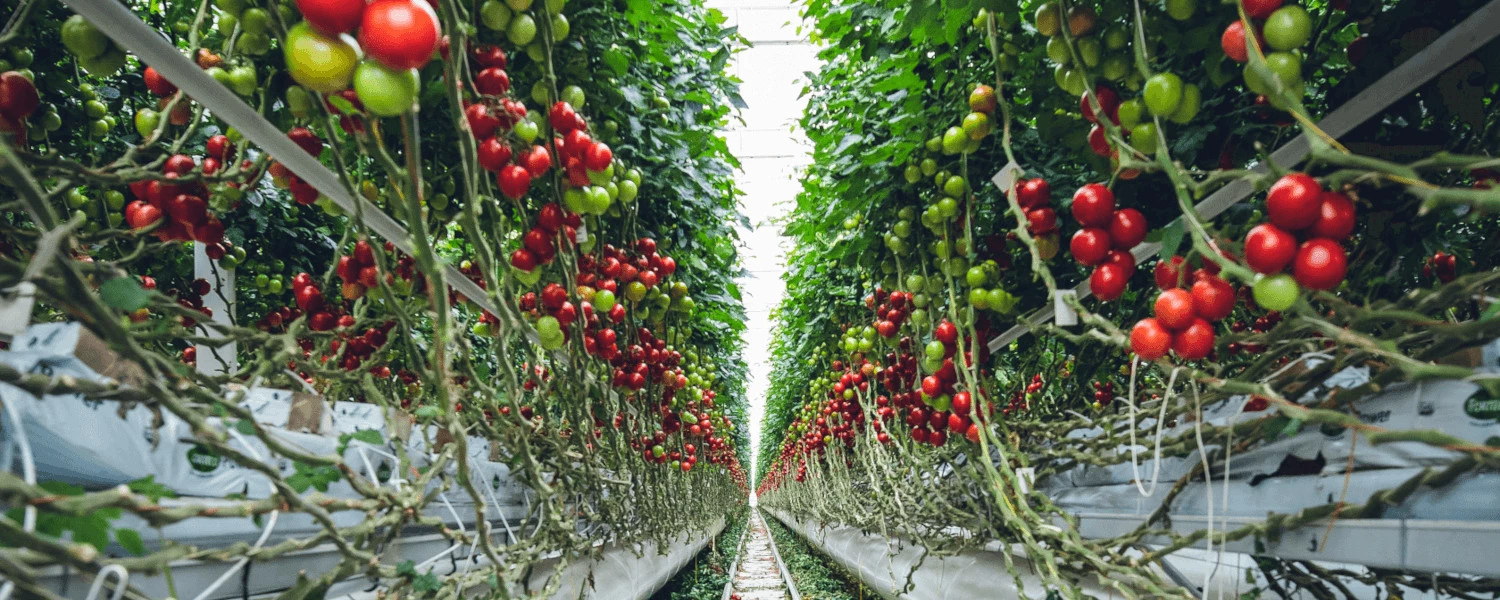 Donation
About
Blog
Donation
About
Blog
 Follow
Contact us
Contact us
Follow
Follow
Contact us
Contact us
Follow
 ☰
☰

The population of our globe is constantly growing and at the same time the conditions for cultivations keep getting worse in many places. This is due to global warming and non-ecological activities. This situation affects where vertical farms will be created and become an indispensable element of the economy and life in a given country. They are likely to be a revolution in agriculture that will help to end the world’s food shortage and the resulting famine.
There are several possibilities of applying vertical farms, the first option is to place them in skyscrapers. This is the most spectacular and crazy way for implementing the idea of vertical agriculture. In large skyscrapers there will be placed fruit and vegetable cultivations, but it’s too expensive idea and vertical farms should reduce unnecessary costs for environment. There are several designs of that solution, for example the project of The World Food Building skyscraper which has been developed in Sweden.
The second idea that is already being implemented in the real world is farms on roofs or on the walls of buildings. However, these are cultivations that can popularize the idea itself rather than bring adequate crops and profits. It was more profitable to establish underground farms in closed mines and abandoned shelters.
The third option is to use well-known greenhouses with some modifications. Where plants are placed on multi-level shelves that change their position so that all plants have the same access to light. Unfortunately, the use of only natural light resources makes it impossible to use this solution in cities or places where the climate is less friendly.
The fourth and last option are vertical farms in old warehouses, halls, cellars or garages. It is the most future-proof type of vertical cultivation, because any conditions can be created in a closed room, regardless of the external environment. One can use the existing resources and give a second life to neglected metropolitan districts.
Some vertical farms have been existing already in the world, in the USA there are over 2000, in France, Denmark, the Netherlands, Great Britain, Asia etc. An interesting example is a vertical farm in the suburbs of Copenhagen, which was created in cooperation with two companies YesHealth and Nordic Harvest. Official data say that 1000 tons of edible vegetables can be produced.